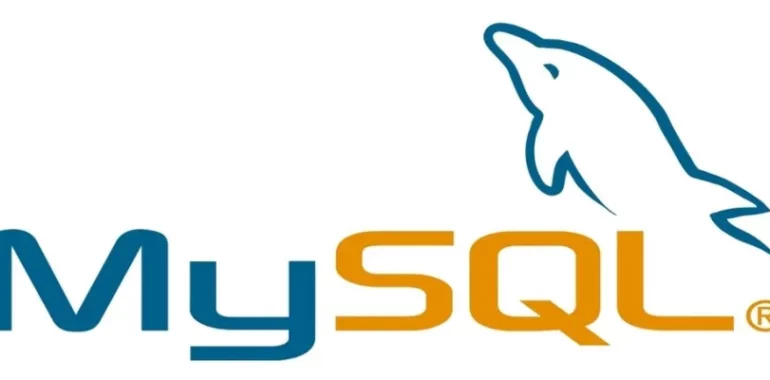一、登录服务器
确保使用sudo身份进行登录
二、更新仓库并安装MySQL
Ubuntu 源仓库中最新的 MySQL 版本号是 MySQL 8.0。安装很方便,直接运行命令:
sudo apt update
sudo apt install mysql-server查看MySQL版本:
# 输入MySQL,进入MySQL模式
mysql
# 然后输入语句
mysql> SELECT VERSION();三、配置MySQL
MySQL 安装文件附带了一个名为mysql_secure_installation的脚本,运行它进行配置:
sudo mysql_secure_installation一路输入y,然后注意下面内容:
There are three levels of password validation policy:
LOW Length >= 8
MEDIUM Length >= 8, numeric, mixed case, and special characters
STRONG Length >= 8, numeric, mixed case, special characters and dictionary file
Please enter 0 = LOW, 1 = MEDIUM and 2 = STRONG: 2LOW :简单密码格式。
MEDIUM:复杂密码格式,需要增加数字、混合大小写和特殊字符。(推荐)
STRONG:最复杂密码,数字,混合大小写,特殊字符和字典文件。
然后继续一路y,完成设置。
四、远程登录
如果你想以 root 身份登录 MySQL 服务器,使用其他的程序,例如 phpMyAdmin,你有两个选择。
# 进入MySQL
sudo mysql第一个就是将验证方法从auth_socket修改成mysql_native_password。你可以通过运行下面的命令实现:
mysql> ALTER USER 'root'@'localhost' IDENTIFIED WITH mysql_native_password BY 'very_strong_password';
FLUSH PRIVILEGES;第二个选项,推荐的选项,就是创建一个新的独立管理用户,拥有所有数据库的访问权限:
# 创建用户
mysql> create user 'user'@"localhost" IDENTIFIED BY 'PASSword123.';
# 更新需要远程登录的用户(解决远程连接报错:1130)
mysql>update user set Host='%' where User='user';
# 授权
mysql> grant all on wordpress.* to "user"@"localhost" with grant option;
# 使配置生效。
mysql>flush privileges;
#退出MySQL。
mysql>exit;修改配置文件:
sudo vim /etc/mysql/mysql.conf.d/mysqld.cnf注释掉:bind-address = 127.0.0.1
重启服务:
service mysql restart这时候就可以远程访问了!!!
